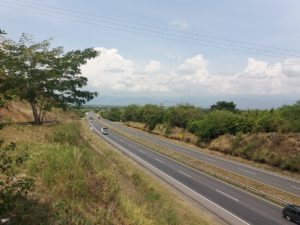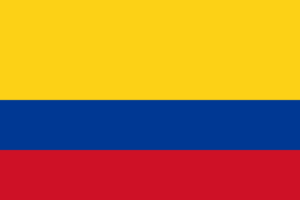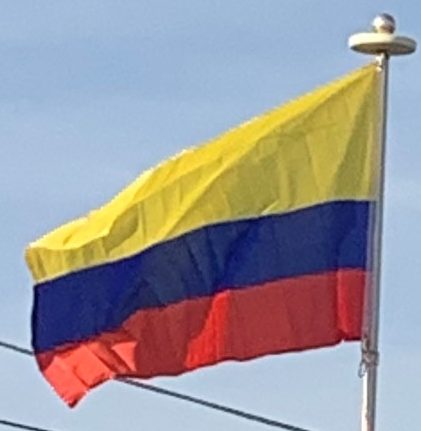
Air:
Colombia has well-developed air routes and an estimated total of 984 airports, 100 of which have paved runways, plus two heliports. Of the 74 main airports, 20 can accommodate jet aircraft. The country has 40 regional airports, and the cities of Bogotá, Medellín, Cali, Barranquilla, Bucaramanga, Cartagena, Cúcuta, Leticia, Pereira, Armenia, San Andrés, and Santa Marta have international airports. Bogotá’s El Dorado International Airport handles 550 million metric tons of cargo and 22 million passengers a year, making it the largest airport in Latin America in terms of cargo and the third largest in passenger numbers.
Urban Transport:
Urban transport systems have been developed in Bogotá, Medellín, Cali and Barranquilla. Bogotá’s system consists of bus and minibus services managed by both private- and public-sector enterprises. Since 1995 Medellín has had a modern urban railway referred to as the Metro de Medellín, which also connects with the cities of Itagüí, Envigado, and Bello. An elevated cable car system, Metrocable, was added in 2004 to link some of Medellín’s poorer mountainous neighborhoods with the Metro de Medellín. A BRT line called Transmetro began operating in 2011, with a second line added in 2013. Other cities have also installed BRT systems such as Cali with a six line system (opened 2008), Barranquilla with two lines (opened 2010), Bucaramanga with one line (opened 2010), Cartagena with one line (opened 2015) and Pereira with three lines (opened 2006). A light rail line in Barranquilla is planned.
Flag of Colombia:
The national flag of Colombia symbolizes Colombian independence from Spain, gained on July 20, 1810. It is a horizontal tricolor of yellow, blue and red. The yellow stripe takes up the top half of the flag and the blue and red take up a quarter of the space each.
The horizontal stripes (from top to bottom) of yellow, blue and red tricolor have a ratio of 2:1:1. It—together with that of Ecuador, also derived from the flag of Gran Colombia—is different from most other tricolor flags, either vertical or horizontal, in having stripes which are not equal in size. (Venezuela, whose flag is also derived from the same source, opted for a more conventional tricolor with equal stripes).

According to the current interpretation, the colors signify:
Yellow: Represents the riches of the country, the wealth of the Colombian soil, the gold, sovereignty, harmony, justice and agriculture, as well as the Sun, the source of Light.
Blue: Represents the seas on Colombia’s shores, the rivers that run through, and the sky above.
Red: Represents the blood spilled for Colombia’s independence and also the effort of Colombian people, the determination and the perseverance. It represents that although Colombia’s people have had to struggle they have thrived.
Although, the flag has other representatives such as blue for loyalty and vigilance, red for victory of battles for Colombian independence, and finally yellow for sovereignty and justice.
